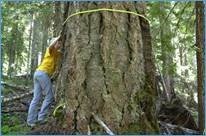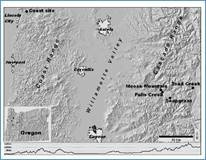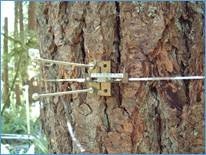Coast-to-Crest Monitoring Network – Data in Demand
Published August 22, 2017.



This data has also helped the Forest Service improve environmental assessments for a timber thinning project. The long-term monitoring data show all sites exhibit soil warming trends, but forest growth may increase or decrease depending on a given year’s air temperature, relative humidity, and soil moisture during the critical, springtime, growing season. The Forest Service uses this information to decide whether a forest needs to be thinned.

After seeing the value of the monitoring dataset, the Forest Service asked EPA researcher Ron Waschmann to help with a modeling project that uses LiDAR data to estimate solar illumination conditions in forested landscapes. LiDAR—Light Detection and Ranging—is a remote sensing method used to examine the surface of the Earth. The Forest Service uses LiDAR to help estimate timber volume and biomass of a forest area. The idea is to expand the model to estimate the amount of solar energy incident upon the soil and ground vegetation at any time, or time period. EPA’s monitoring data can be used to test and validate the model.
In the future, the data from this monitoring project could play an important role in EPA’s wildfire research. Many of these forest monitoring sites are at risk of future controlled or uncontrolled fires. If a fire occurs, the monitoring data from this project will help scientists understand the baseline air quality conditions before the wildfire, as well as the air quality conditions during and after the burn. These data are important for modeling and predicting how a wildfire would affect people living in the surrounding area.
